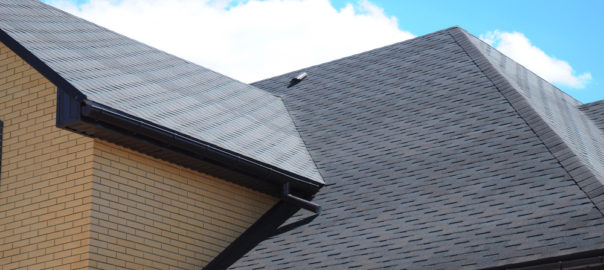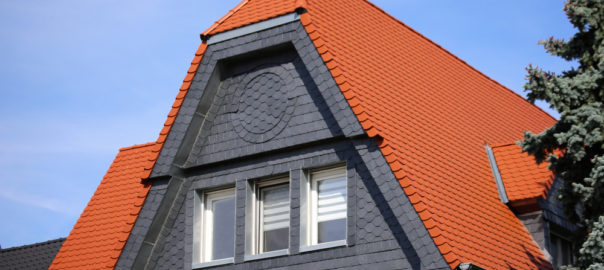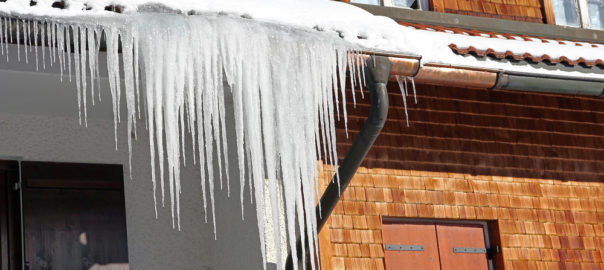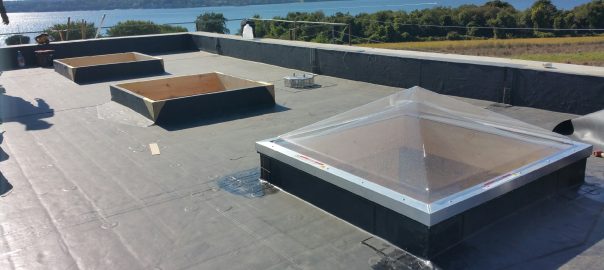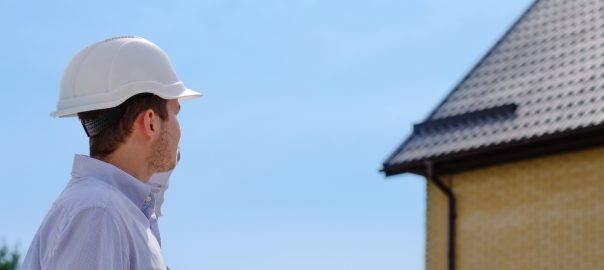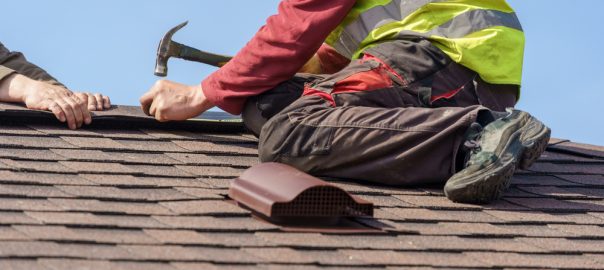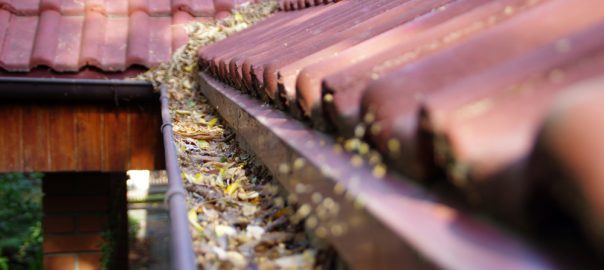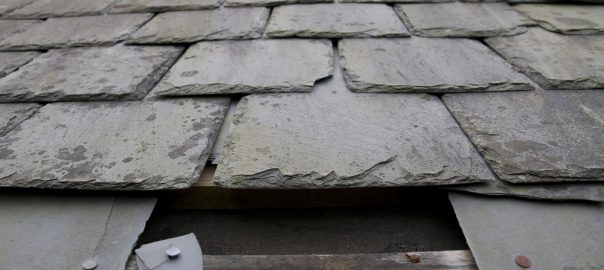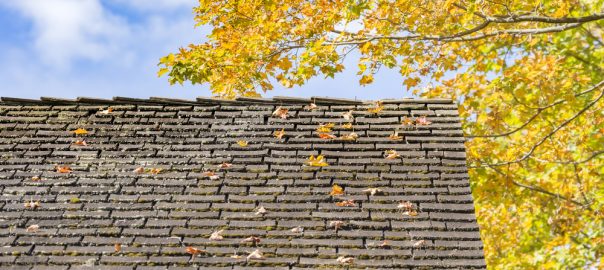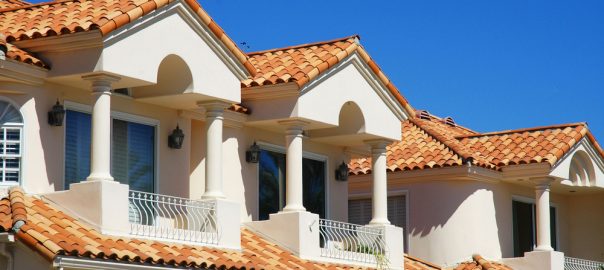Your home’s roof is one of the most important pieces of your home’s exterior, serving a number of principal functions. First of all, your roof keeps your home protected from the elements & pests, which is it’s primary purpose. However, your roof also improves your home’s curb appeal & resale value & provides your home with additional insulation. With so much to gain from having a properly installed roof, it is important to ensure that your’s is kept in good repair. If you’re interested in learning more about the benefits of replacing your roof, take a look below to learn more!
Improve Your Property Value
If you’re looking for a way to boost your home’s value, replacing your new roof is a great option. Most homeowners will be deterred by a home that’s in need of a roof replacement, as it is a major undertaking. If you’re at all interested in selling your home within the next 3-5 years, replacing your roof can go a long way in helping to get your home off the market. Furthermore, a roof replacement provides a 65-75% ROI, meaning you will get back a majority of your investment when it comes time to sell the home!
Make Your Home More Energy Efficient
Many homeowners are unaware of how important a well installed roof is to the energy efficiency of their homes. If your old roof isn’t properly sealed, you could be losing a significant percentage of your home’s heat through the top of your home. Improve the energy efficiency of your home by installing a new roof!
Safety
If your old roof is beginning to mold & mildew, it can affect the integrity of your roof. Ensure you & your family are properly protected by replacing your roof if it is beginning to deteriorate!
Boost Your Home’s Curb Appeal & Resale Value
Another reason that many homeowners choose to replace their roofs is that an old roof detracts from the appeal of a home. If you’re trying to make sure your home stands out in the neighborhood, replacing your roof is one of the best ways to improve your home’s curb appeal, and in turn, resale value. In fact, realtors have estimated that as much as 40% of your home’s curb appeal is linked to your roof!
Contact Us Today
If you’re interested in replacing your home’s roof, our team at Rhode Island Slate Roofing is ready to assist! You can reach out to our team today by calling us at (401) 255-2003 or by filling out our team’s online contact form!
